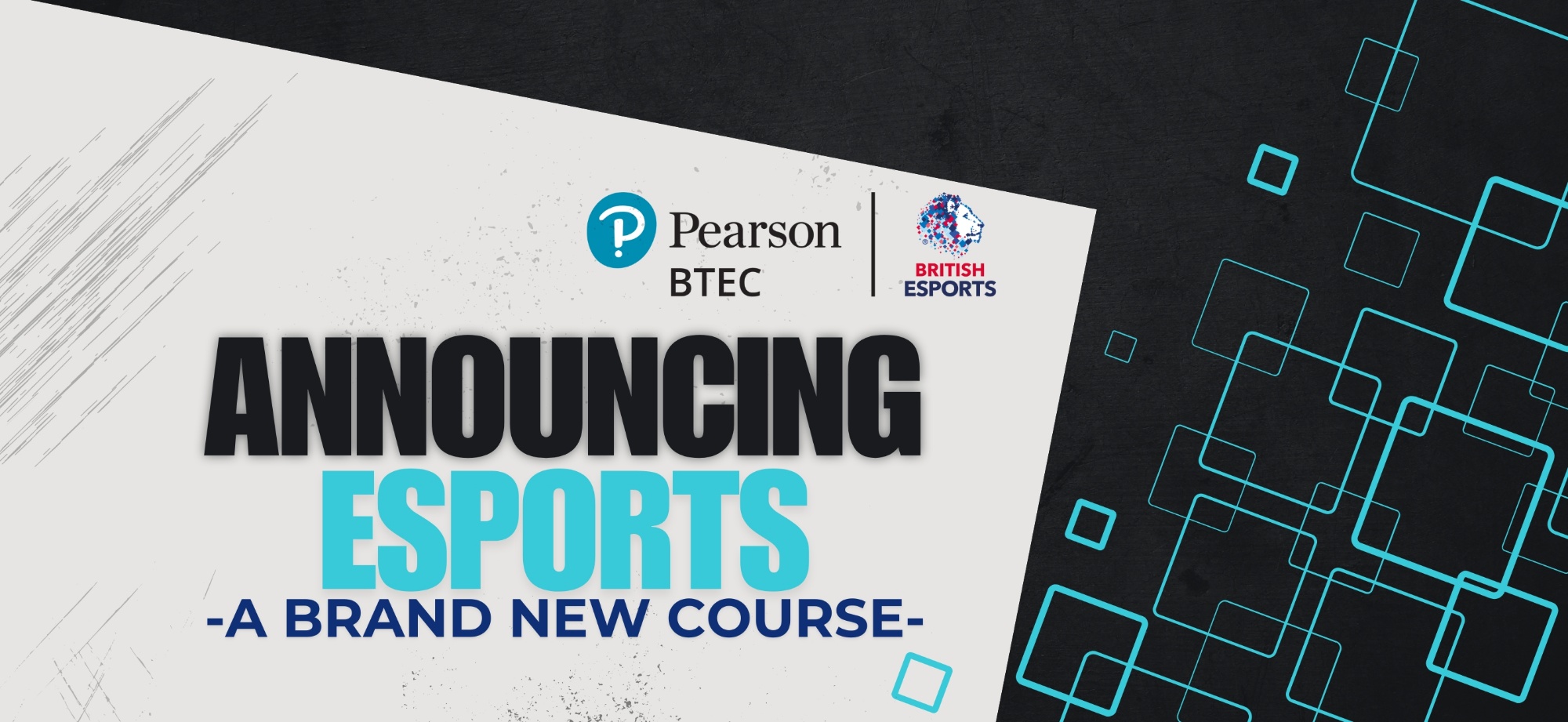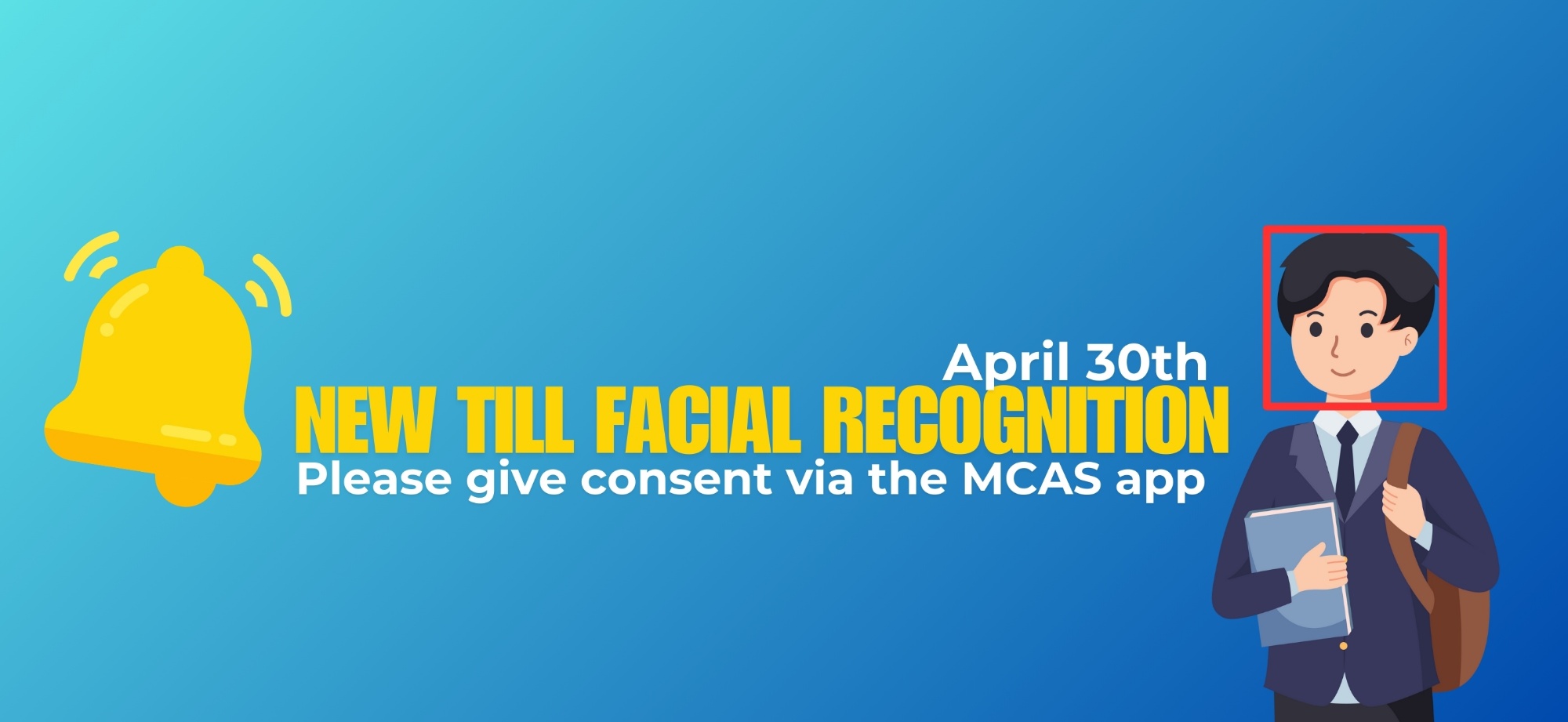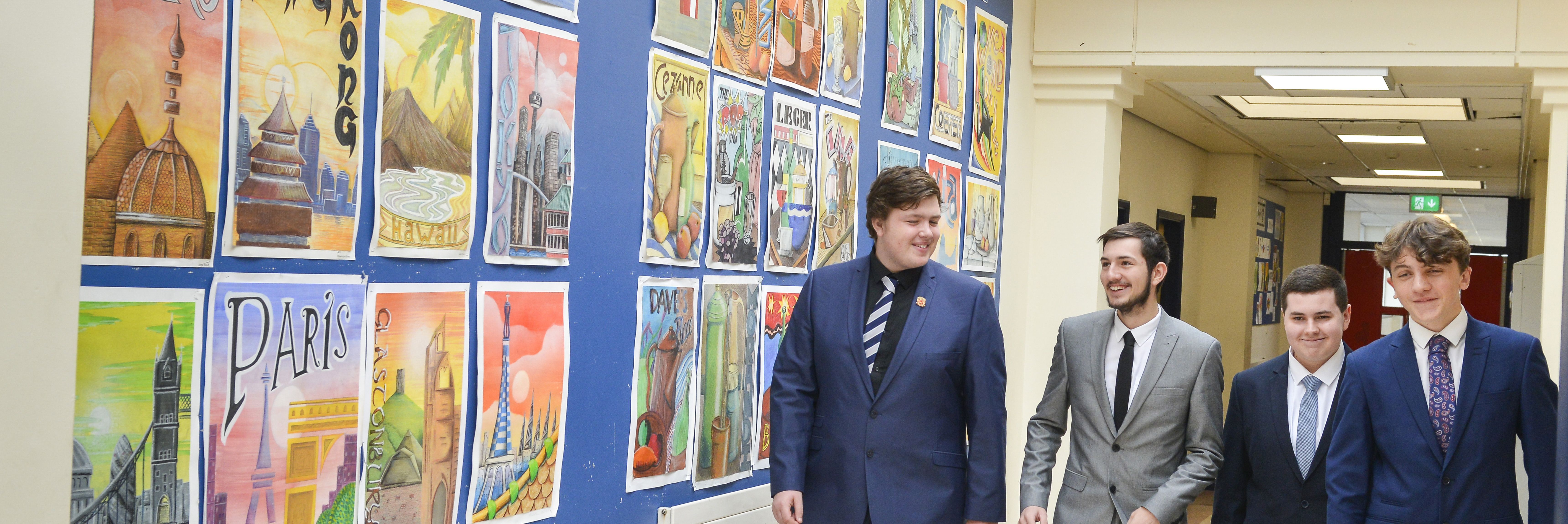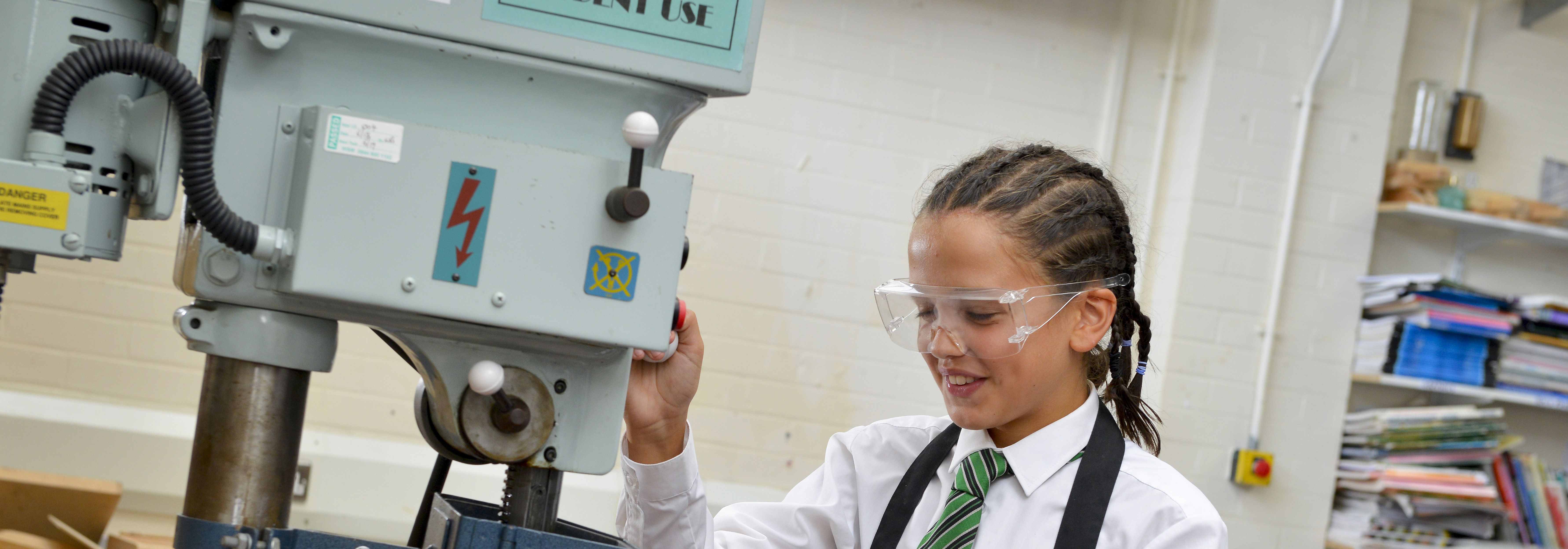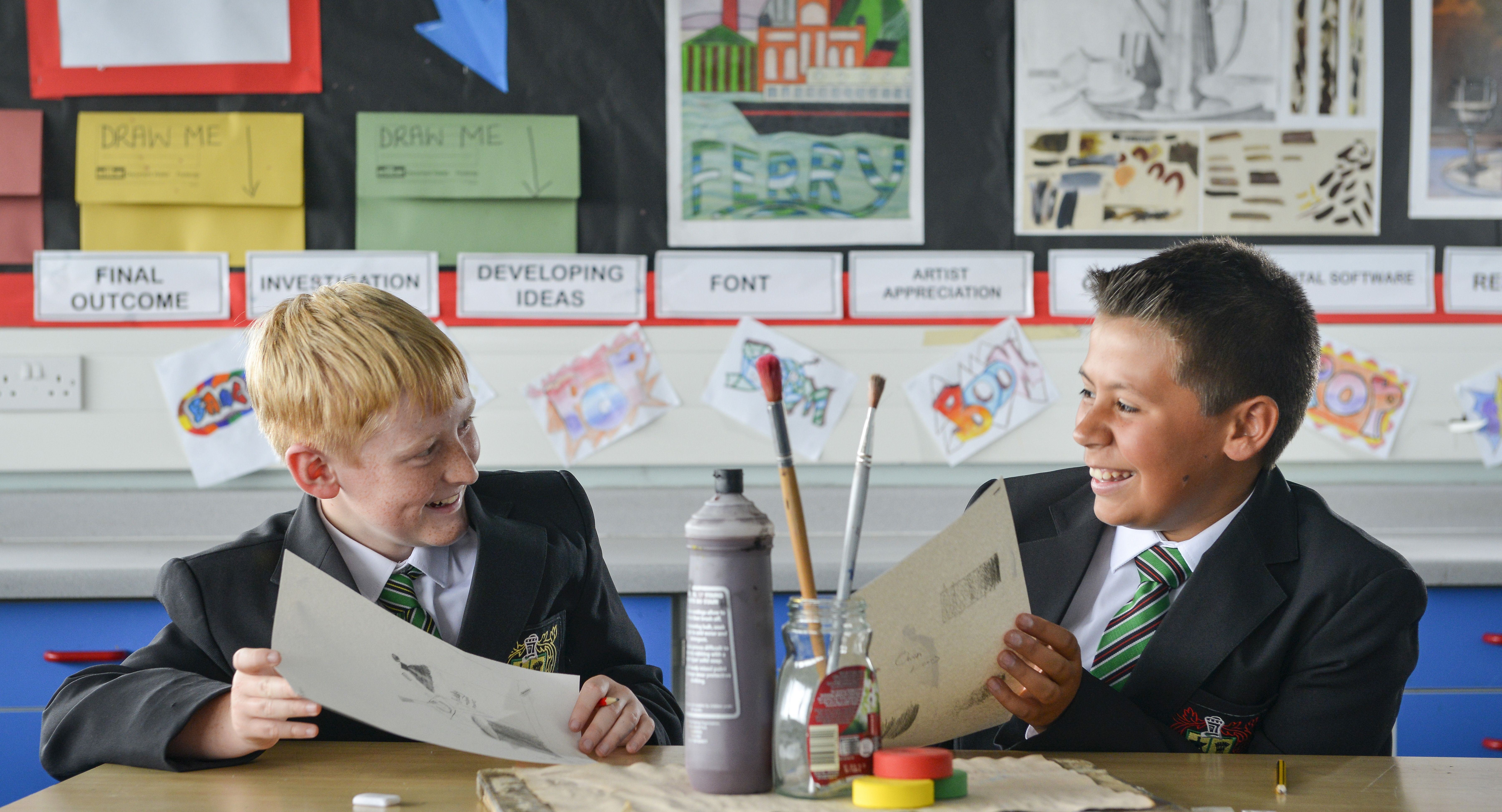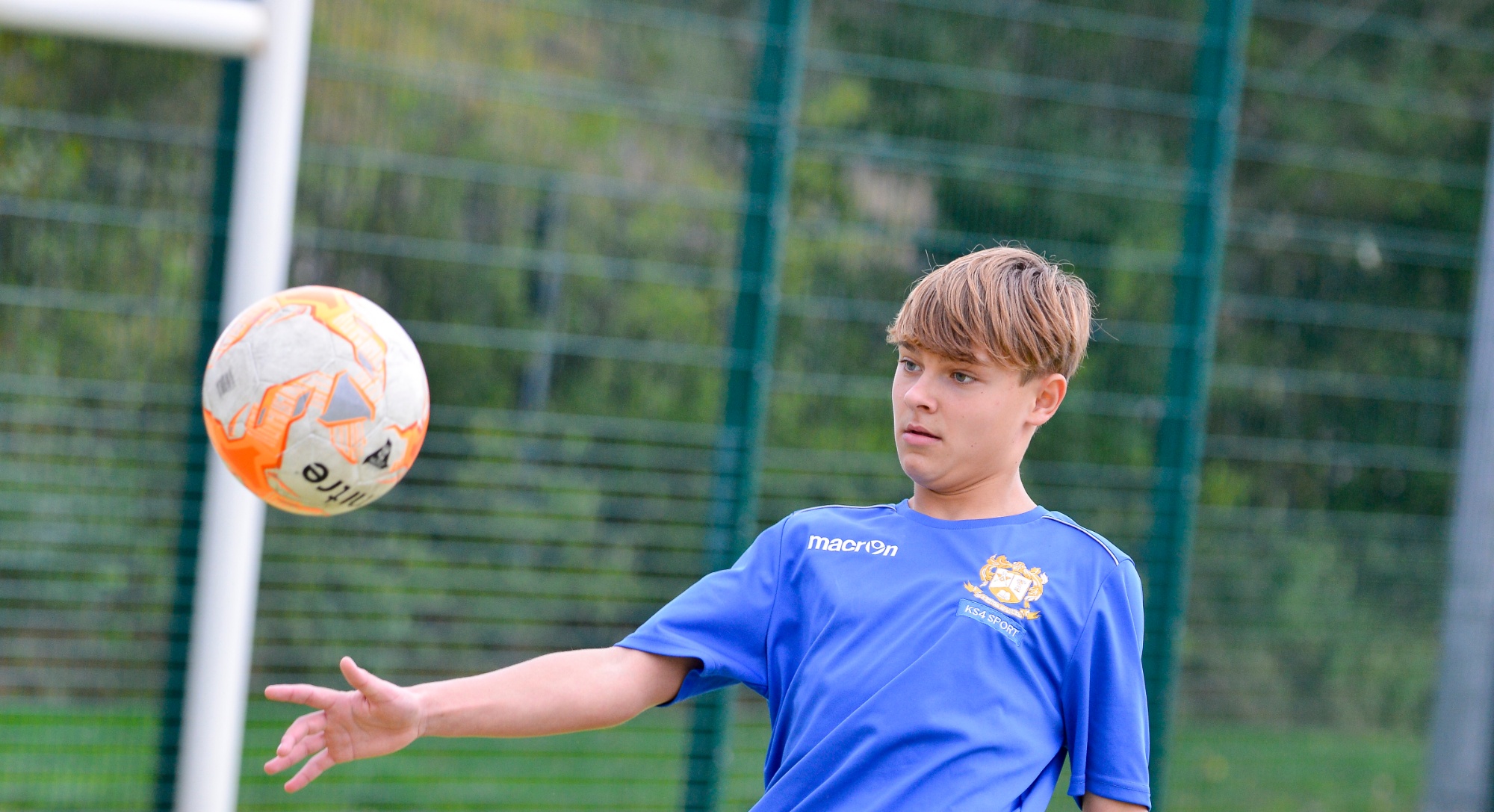- Learn about Luke Dixon’s background as a contemporary artist, his minimalist line drawings, and his focus on portraiture and animals.
- Understand the techniques Dixon uses, such as bold, clean lines and limited colour palettes to create expressive portraits.
- Explore Dixon’s use of simplicity and abstraction to convey emotion and personality in his artworks.
- Gain knowledge of Pablo Picasso’s life and artistic career, particularly his role in developing Cubism and his influence on modern art.
- Understand Picasso’s use of distorted forms, fragmented perspectives, and bold colours in his portraiture.
- Explore how Picasso’s portrait work evolved over time, from realistic depictions to abstract, experimental styles.
- Learn how to analyse and annotate key features in Dixon’s minimalist line work, focusing on the use of lines, shapes, and negative space.
- Understand how to annotate Picasso’s portraits, identifying his use of fragmented forms, multiple viewpoints, and vibrant colour choices.
- Develop the ability to explain how each artist’s style conveys mood, character, or abstract ideas.
- Gain an understanding of how to replicate Dixon’s minimalist line drawing techniques, focusing on precision and expressive line quality.
- Learn how to recreate Picasso’s iconic portrait styles, using distorted forms and bold, contrasting colours to capture his abstract approach.
- Develop the knowledge to apply Dixon’s minimalistic approach to portraits of famous people, focusing on capturing their essence with simple, clean lines.
- Learn how to reinterpret famous faces using Picasso’s Cubist techniques, exploring how to fragment and abstract facial features while still maintaining recognizability.
- Understand how to combine elements of each artist’s style with their own creativity to produce original works that are influenced by Dixon and Picasso.
- Learn about Marcello Monreal’s background as a contemporary artist and designer known for his collage-style portraits.
- Understand how Monreal uses fragmentation and cut-out techniques to deconstruct and reconstruct portraits, often incorporating floral and natural elements.
- Explore the symbolism behind Monreal’s work, particularly how he merges human forms with nature to convey deeper meanings.
- Gain knowledge of Brno Del Zou’s unique approach to portraiture, particularly his use of fragmentation and multi-layered photographic techniques.
- Understand Del Zou’s concept of presenting multiple perspectives of a single face or figure in one image, creating a 3D or multi-faceted view of the subject.
- Learn how Del Zou’s work challenges traditional ideas of portraiture by distorting and layering faces to explore identity and perception.
- Learn about Loui Jover’s artistic background and his signature style of using ink and watercolor to create expressive, emotional portraits.
- Understand Jover’s process of combining loose, flowing ink washes with precise line work to evoke strong feelings and capture human emotion.
- Explore how Jover often integrates text and vintage paper backgrounds into his work, adding layers of meaning and texture to his portraits.
- Develop the ability to analyze and annotate key features of Monreal’s collaged, deconstructed portraits, focusing on the use of cut-outs, layering, and nature.
- Gain understanding of Del Zou’s fragmented portrait style and how it manipulates perspective, depth, and identity.
- Learn how to annotate Jover’s expressive use of ink and watercolor, identifying his technique for creating emotional impact through brushstrokes and fluidity.
- Gain knowledge of the technical aspects of Monreal’s collage-making process, including cutting, layering, and integrating symbolic imagery.
- Learn the methods behind Del Zou’s multi-faceted, photographic portraits, including how to create the illusion of depth and multiple perspectives.
- Understand the technique of working with ink and watercolor as used by Jover, particularly how to balance loose, spontaneous strokes with detailed line work.
- Understand how to apply Monreal’s collage technique to portraits of famous people, focusing on the use of fragmentation and symbolic integration.
- Learn how to use Del Zou’s multi-layered, fragmented approach to depict famous faces in a unique and unconventional way.
- Gain knowledge of how to capture emotion and fluidity using Jover’s ink and watercolor techniques when recreating famous faces.
|
- Develop research skills by gathering information on Luke Dixon and Pablo Picasso, including their artistic styles, techniques, and backgrounds.
- Practice summarising key information and presenting it clearly in written form.
- Improve the ability to critically analyse artworks, focusing on key elements such as line, colour, shape, and composition.
- Learn to annotate Dixon’s work, identifying how he uses minimalist lines to create expressive portraits.
- Practice annotating Picasso’s work, focusing on his use of abstraction, fragmented forms, and bold colours.
- Develop the ability to explain how different artistic choices convey emotion, mood, or abstract ideas.
- Develop drawing skills by replicating Dixon’s minimalist line technique, focusing on accuracy, simplicity, and expressiveness.
- Practice controlling line thickness, direction, and precision to capture the essence of Dixon’s portraiture style.
- Learn to replicate Picasso’s Cubist style, focusing on distorting forms, experimenting with perspective, and using bold colours.
- Practice using geometric shapes and abstract techniques to recreate Picasso’s portraits in a visually dynamic way.
- Enhance creative skills by applying Dixon’s minimalist approach to portraits of famous people, using clean lines to capture recognizable features.
- Practice reinterpreting famous people’s faces in Picasso’s Cubist style, experimenting with abstract shapes, multiple perspectives, and fragmented forms.
- Develop composition skills by combining features from different viewpoints into a cohesive portrait that reflects Picasso’s abstract vision.
- Practice blending the styles of Dixon and Picasso with personal artistic expression to create original works.
- Learn to balance artistic influence with creativity, adapting elements of each artist’s style in unique ways.
- Develop skills in researching the backgrounds, styles, and artistic techniques of Marcello Monreal, Brno Del Zou, and Loui Jover.
- Learn how to extract key information about each artist’s influences, themes, and approach to portraiture.
- Practice organising and presenting research findings clearly and accurately.
- Improve the ability to critically analyse the distinctive styles of Monreal, Del Zou, and Jover by focusing on their use of composition, texture, and abstraction.
- Practice annotating Monreal’s collage-like cut-out portraits, identifying how he integrates nature and fragmentation into his designs.
- Develop the skill of annotating Del Zou’s layered and fragmented portraits, understanding his use of 3D effects and multiple perspectives.
- Analyse Jover’s ink and watercolor portraits, learning how he combines expressive lines and fluid ink washes to create emotional depth.
- Learn to identify and describe how each artist's techniques affect the viewer’s perception of the subject.
- Practice creating portraits using Monreal’s distinctive collage technique, cutting out and layering elements to reconstruct faces in a visually striking way.
- Improve the ability to mix portraiture with abstract or symbolic elements, as seen in Monreal’s integration of natural objects into his work.
- Develop the skill of recreating Del Zou’s fragmented and multi-layered portrait style, focusing on how to divide a face into separate parts while maintaining a sense of unity.
- Practice creating depth and texture in portraiture by using techniques that give a 3D effect to the composition.
- Learn to replicate Jover’s ink and watercolor techniques, focusing on using expressive brushstrokes and splashes of ink to convey emotion.
- Practice creating portraits that balance detail and fluidity, experimenting with the use of line, ink drips, and shading.
- Enhance creative skills by applying Monreal’s collage technique to portraits of famous people, experimenting with fragmentation and symbolic elements.
- Practice recreating portraits of famous people in Del Zou’s fragmented, layered style, using multiple angles and perspectives.
- Experiment with Jover’s ink-based portrait techniques, creating expressive and emotional depictions of famous people using ink and washes.
- Learn how to blend personal artistic ideas with the unique styles of Monreal, Del Zou, and Jover to create original works.
- Practice adapting each artist’s methods while incorporating personal creativity to produce distinctive and innovative portraits.
|



